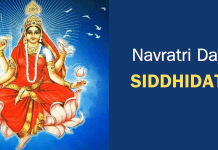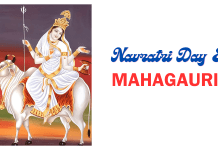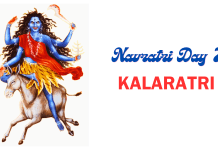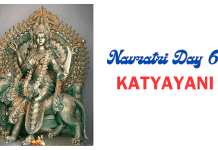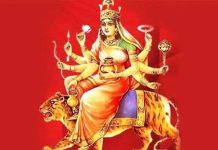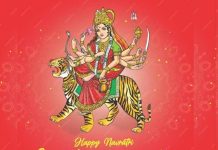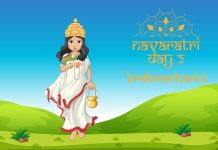Navratri welcomes the autumn season. It is the month of harvest, the refreshing weather, the cool weather heralds the arrival of the Goddess. Traditionally, the Navratri festival is celebrated when the surroundings start to undergo positive changes and transformations. Let us know about the ancient rituals of Navratri and some interesting traditions of Durga Puja.
These nine nights of the festival are considered to bring positive energies, high energy and immense power in creation. Moreover, it encourages people around to perform prayers, chant God’s name, recite mantras (slokas) and perform other traditional practices. Gone are the days when devotees of Goddess Durga used to follow some exotic rituals to please the Mother of Gods (Shakti) during Navratri.
Do you know the difference between Navratri which was celebrated in ancient times and the current Navratri celebrations..?
1. Animal Sacrifice:
The process of sacrificing an animal or any other living being as a sacred offering to a deity does not exist at present. In earlier times, animals were sacrificed for Durga Puja during the Navratri festival. Currently, this tradition is banned. Practising animal sacrifice as an important ritual in temples during the divine nine nights of Navratri is considered an official offence. However, fish can still be seen being offered as bhoga or prasad in some Durga temples.
2. Collecting dirt from a place of prostitution:
Every festival in India has a great historical background and meaning behind it. Some of the rituals we do may seem strange, but they are true. In earlier times there was a strange custom of collecting soil known as ‘Punya Mati’ and making an idol of the goddess in front of the courtyards of the place where prostitution took place. This tradition was considered very sacred in ancient times. But, we could see such a strange tradition only in the state of West Bengal.
Courtesans were honoured during Durga Puja to reveal the fact that women need a lot of courage and strength to survive in a male-dominated society.
3. Durga Puja only on Ashtami Tithi:
In the Puranas, the worship of Goddess Durga on the nine days of Navratri or for how many days was decided on the basis of the Hindu solar-lunar calendar. Depending on the movement of the sun, moon and stars, Navratri celebrations were sometimes held for 10 days, sometimes for 7 days. Actually, the last or final Yajna was performed on Ashtami or Navami. No other religious rites were performed on Navratri except the discharge of Durga on Dashami Tithi.
4. 9 Mukhi Rudraksha:
Devotees of Goddess Durga in ancient times had great faith in the 9 Mukhi Rudraksha, symbolizing the ultimate power of the dynamic Goddess Durga. It is believed that the wearer of this 9 Mukhi Rudraksha gets strength, success, strength, prosperity, fearlessness and ability. Also, the destructive influence of Ketu will be reduced.
However, nowadays devotees do not worship these 9 Mukhi Rudraksha during Navratri and other important festivals and do not even wear sacred garlands made of these Rudrakshis.
5. Worship of the Trinity:
Medieval Hindus believed in worshipping the three forms of the Goddess during Navratri and wanted to seek blessings from the trinity of Gods. From then till today the trend has changed slightly and every night a form of the Goddess is worshipped differently in different states of India with separate rituals. The dedication and devotion are the same worldwide as the ritual and rites vary from state to state.
6. Kshatriya festival:
Like today’s tradition, mythological legends have the truth: Navratri is religiously celebrated by Hindu Kshatriyas and was their sacred ritual in ancient India (Rajput rule).
For this reason, men in their families used to go to wars and based on this their family members after their departure, worshipped Goddess Amba (Shakti) for long life, prosperity and overall victory. Thus, this practice of worshipping these nine deities is said to have come directly from the Kshatriya people.
The celebration of the Navratri festival is not yesterday or earlier. Rather, this tradition is one that has been practised since ancient times. There may be some differences between the ancient Durga Puja and the present Durga Puja.



























